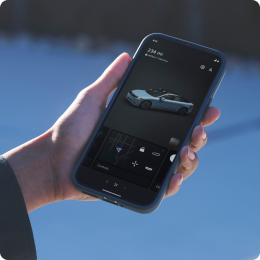Future Voice Vol.4 Mobility’s Future: A Platform for Entertainment and Self Expression
Sony Honda Mobility and Epic Games continue to develop new in-car entertainment using sensing data and vehicle data. At the core of the project is “Unreal Engine (UE)”, the game engine used in the development of the company’s popular game, “Fortnite”.
How will the mobility experience be enhanced by UE, which was developed to create interactive computer graphics? We interviewed Kim Libreri, CTO of Epic Games.
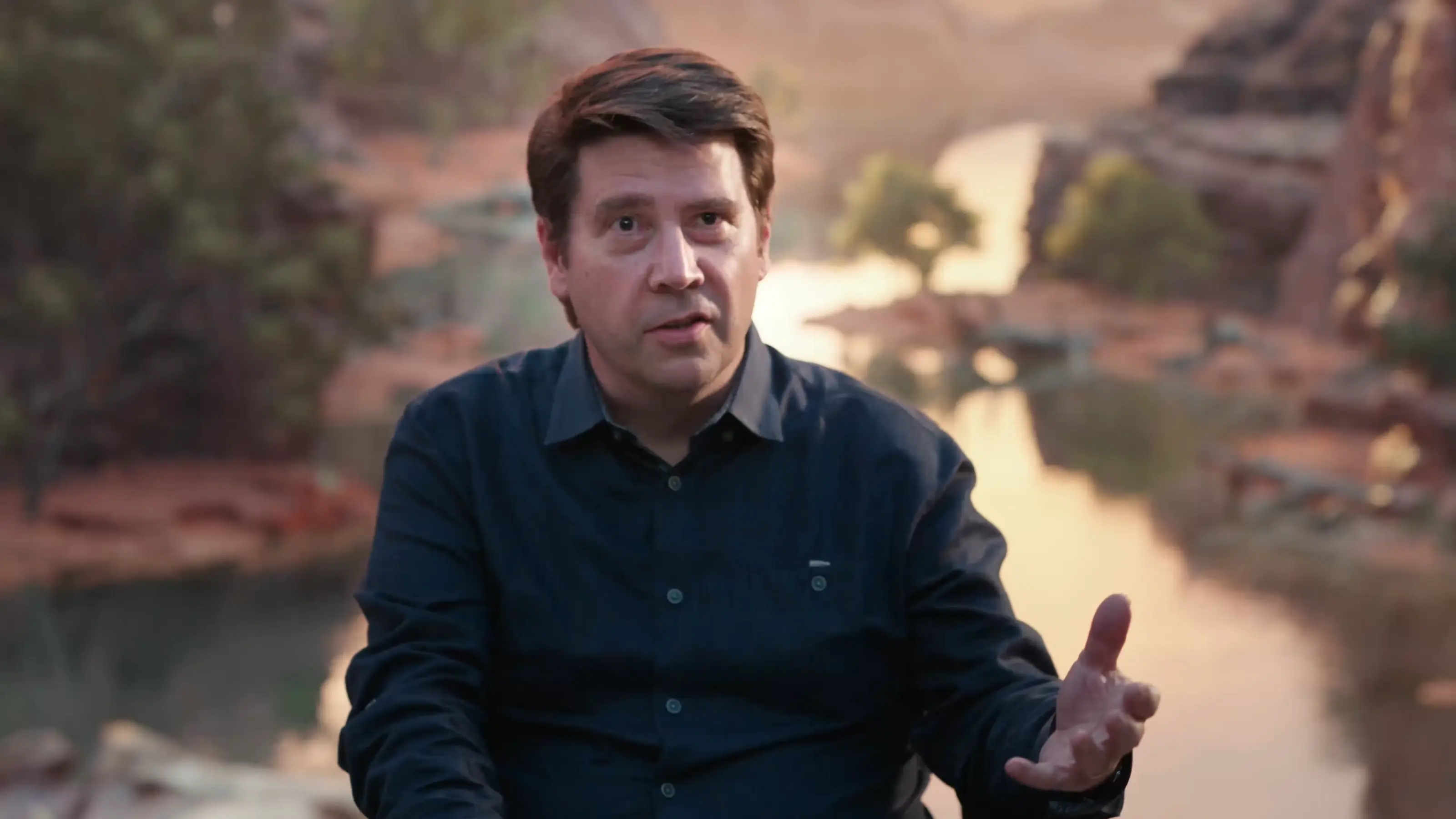
─ At CES® 2024, Sony Honda Mobility unveiled a new in-car user experience that is still under development. What were some of the discussions that led to this prototype?
We have discussed demonstrating the potential of the in-car space as a safe and interesting platform for entertainment with Sony Honda Mobility. One of the brainstorming ideas prior to CES was to turn an augmented reality (AR) scene into a game. Epic Games had previously released “The Matrix Awakens: An Unreal Engine 5 Experience”, a technology demo that felt like it was set in iconic cityscapes from the movies. We discussed the possibility of creating a new entertainment experience by layering a game on top of our City Sample demo and running it in AFEELA.
─ What are some of AFEELA’s unique strengths for creating new entertainment experiences?
AFEELA is equipped with many cameras and sensors so that the car itself can understand the surrounding environment and the driver’s driving patterns. These technologies are equipped for driver assistance, such as ADAS, and it is possible to take advantage of them to create a real-time 3DCG depiction of the world that AFEELA understands, making the time spent in the car more enjoyable, safer, more relaxing, and more concentrated.
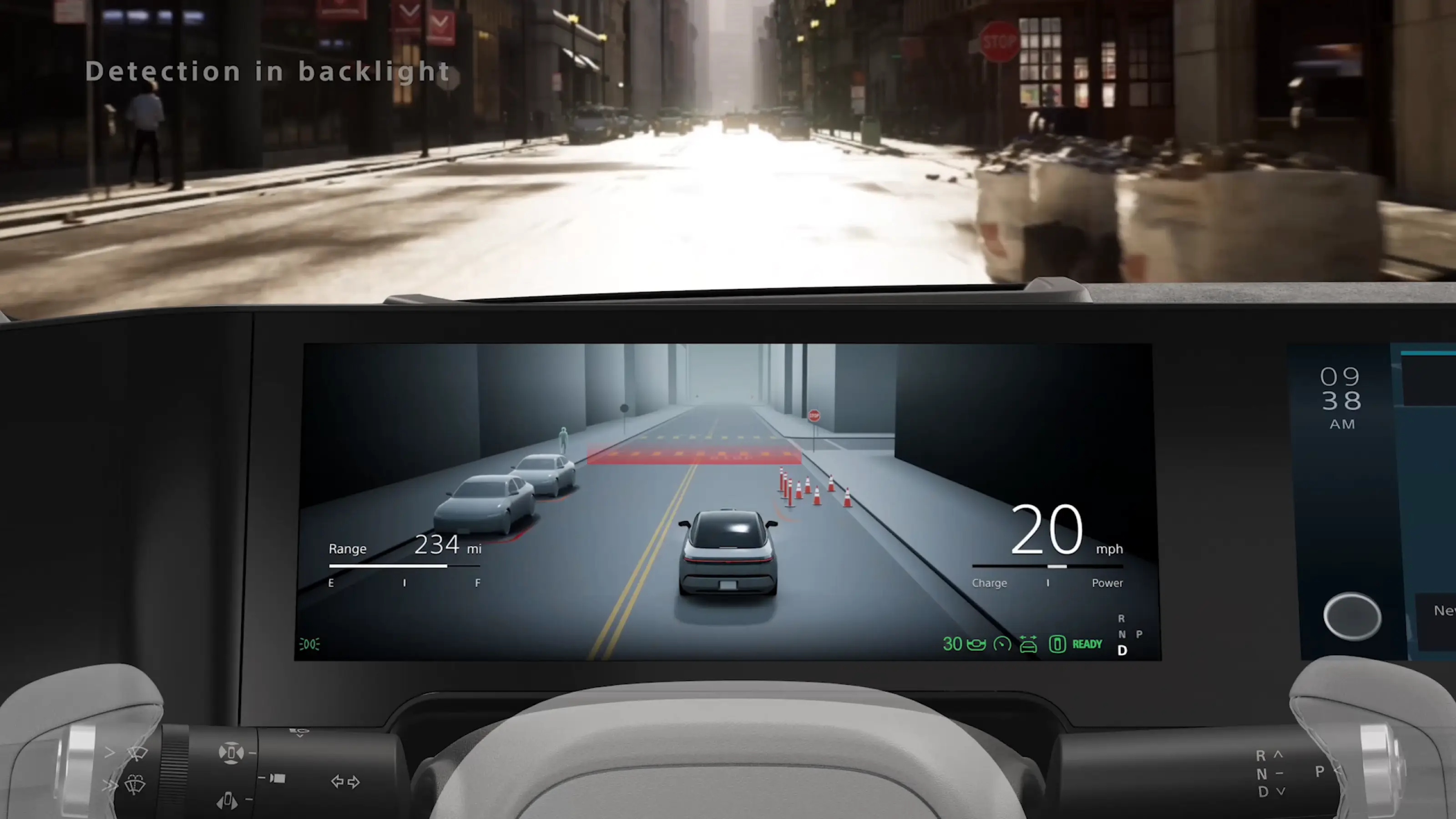
The prototype shown at CES 2024 is a precursor to ADAS used in real vehicles, and it used the latest version of Epic Games’ Unreal Engine 5 game engine (Unreal Engine 5.3) to achieve these features using sensing data and vehicle data.
─ What specific experiences can you think of?
For example, being stuck in a traffic jam can be stressful. A car could understand the situation, keep the driver calm and focused on the road, and entertain the passengers to keep them occupied. Another idea is to create in-car avatars. UE can help in this regard. Created to produce interactive computer graphics, we use UE to develop games with beautifully rendered characters in real time, and now Sony Honda Mobility is using UE to create a more meaningful relationship between people and cars. The possibilities are endless, as evidenced by the countless games developed with UE.
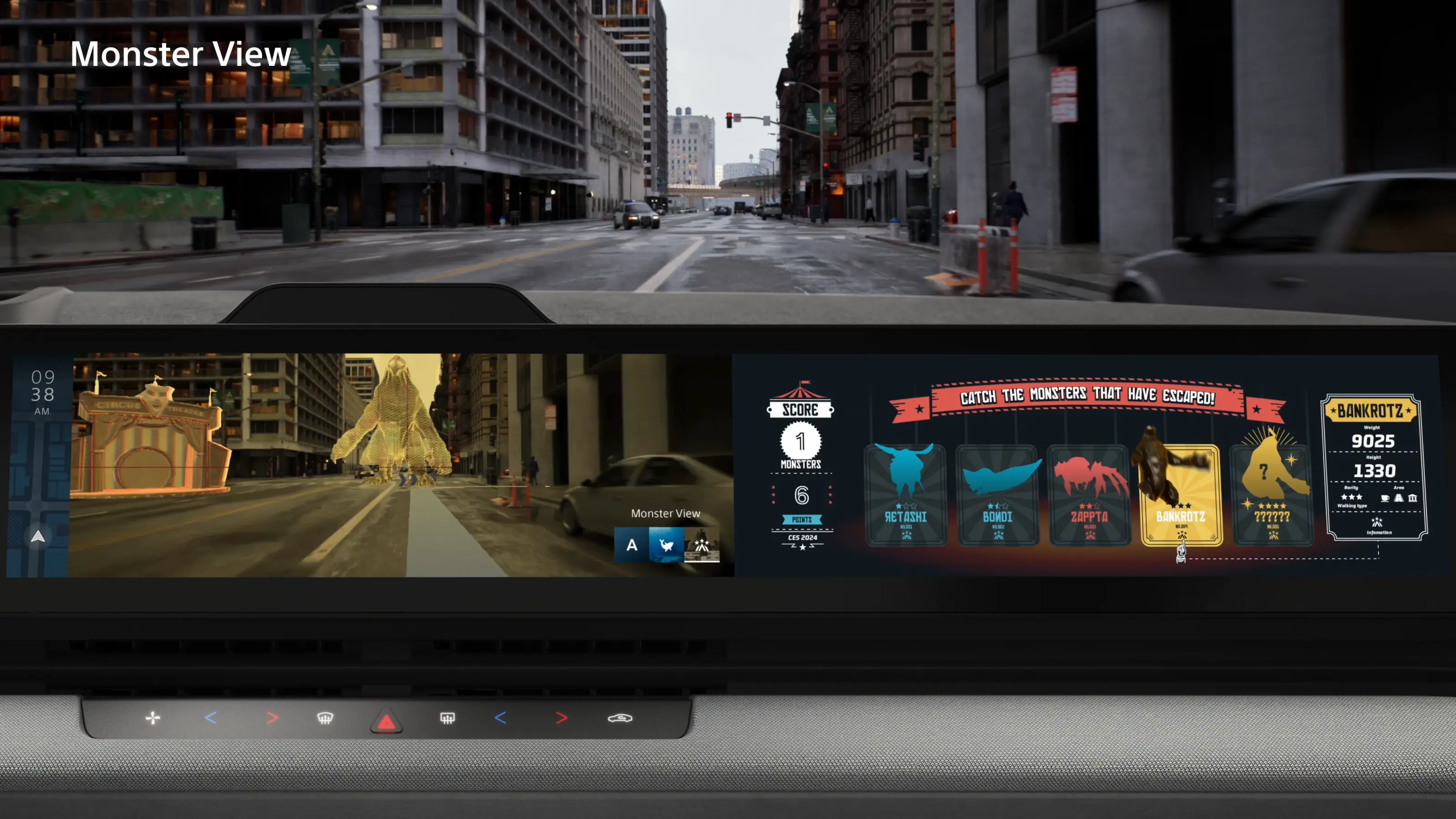
By simulating various external environmental conditions such as vehicles, pedestrians, terrain, and weather, and combining them with AR technology, users can enjoy an immersive experience on a safe and secure basis.
─ I would love to see an in-car avatar.
Sony combines almost every element of entertainment, from movies to TV, games to cameras. With the addition of UE, content can be shared across media boundaries. For example, a cartoon character might appear in a game, and then appear in the car as a driving companion. You will be able to take the characters with you to different places.
─ So you are saying that this is adding mobility to the cross-platform experience.
As mobility platforms that utilize UE evolve, any company that develops content using UE will be able to use the car as a platform. For example, there are many possibilities for crossover between platforms, such as a system that allows you to earn extended content and trophies by driving or creating avatars to play in the car. Game developers of all kinds will be able to use mobility with gaming and metaverse capabilities as a point of contact with players.
─ It is conceivable that cars could exchange data and communicate with each other. How do you think these features will affect the user experience?
I feel that owning an AFEELA itself will create a certain sense of community. Since the vehicle itself can grasp what is going on in the outside world, there will be a sense that you are contributing to the community while driving. For example, it may become possible for the vehicle to keep track of road sinks, accidents, etc., and for users to share this information with each other. The Google Maps review function already has such an element. We expect that such a network that connects car owners with each other will be part of a great experience.
─ AFEELA will also implement mechanisms to visually communicate with the outside world, such as the “Media Bar” on the front face.
With the ability to customize everything from lighting to graphics, applications, and music, the car will be a place for self-expression. Unlike a smartphone, every inch of the car will be visible to passengers. Mobility of the future will not only be a means of getting to your destination, it will be a place of self-expression comparable to fashion.
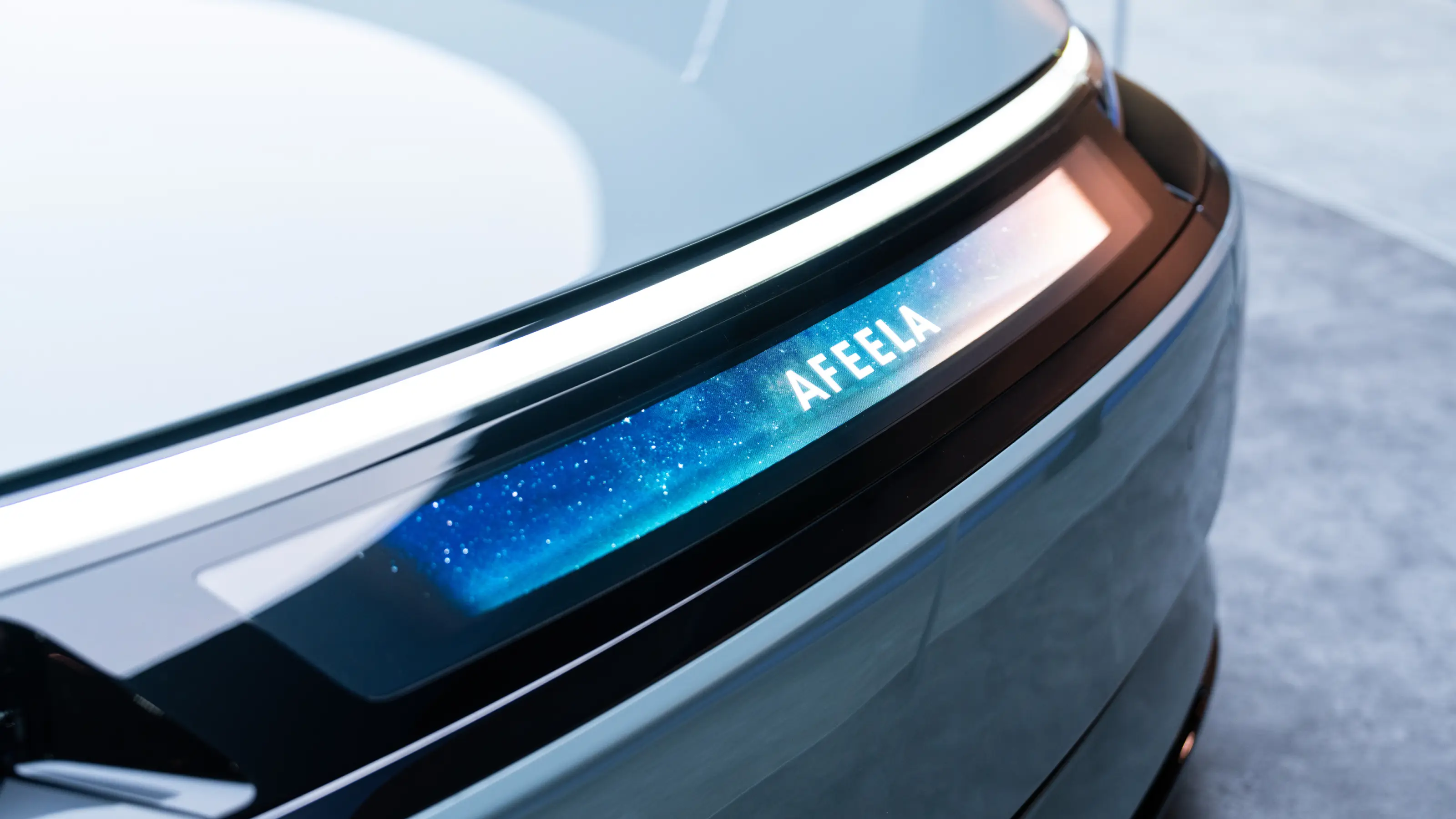
The Media Bar can change its UI according to user preferences. Users can freely express AFEELA as a digital gadget so that users can become attached to AFEELA.
─ In “Fortnite,” users are also enjoying various forms of self-expression through items and character design, aren’t they? On the other hand, user-driven content is also popular in games, where players create their own mini-games.
Content created by players using elements of the game ecosystem is called user-generated content (UGC). Some of Fortnite’s UGC is very large and globally popular. AFEELA, with its many screens and wide range of customization, will also be able to display a large amount of UGC on both the interior and exterior. For this, it is also necessary to continue to evolve tools to enable owners to create the space they desire as they wish. In this respect, AFEELA’s software platform is a living platform that evolves over time. The ability to constantly evolve will be a great advantage in itself.
Interviewer: Takuya Wada
Writer: Asuka Kawanabe
Related





